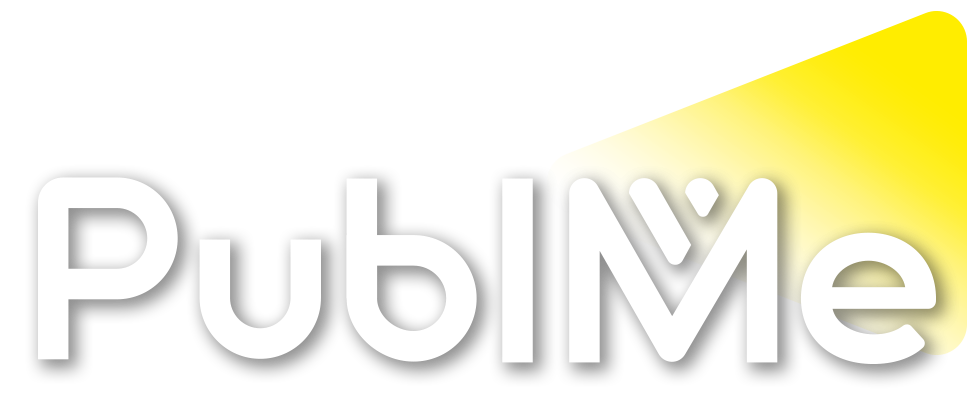Reaction thread #19824
Jazz Piano for Beginners: Play “All Of You” with Rootless Chords. TutorialJazz pianists often use rootless voicings to create a more open and modern sound. These voicings allow for greater flexibility in the left hand, while the right hand can play the melody or improvisation. In this tutorial, we’ll show you how to play “All Of You” using rootless voicings, and how to apply the same techniques to any other jazz standard.
What you’ll learn in this tutorial
First, we’ll start with Abm6 chord. Instead of playing the root (Ab), we’ll replace it with the 9th of the chord (Bb). This creates a more modern and open sound. We’ll then show you 4 inversions of this voicing, and explain how to choose the right inversion based on the melody and low interval limit.
Next, we’ll move to the Ebmaj7 chord (measure 2). Again, we’ll replace the root (Eb) with the 9th of the chord (F). We’ll demonstrate how staying close to the previous chord creates a nice voice-leading, and how each voice in the voicing creates smooth lines.
Moving on to the Fm7b5 chord, we won’t use any substitutions. Instead, we’ll use the 4 notes in the chord. However, since the melody note is really low, the voicing will look like a 3-note voicing.
The Bb7b9 chord is a dominant chord that can be voiced in many different ways. We’ll replace the root (Bb) with the 9th of the chord (B natural), and the 5th (F) with the 13th (Gb). However, we need to be careful and use the correct tensions. Since the 13th is rarely shown in the chord symbol, we’ll assume it’s flat. We’ll demonstrate how to use the b9 and #9 interchangeably, and how to choose the right voicing based on the melody.
In the Abm7 chord in measure 7, we’ll replace the root (Ab) with the 9th of the chord (Bb). However, since the melody is already playing the B natural, we don’t need it in our voicing. We’ll show you how to omit the Bb to avoid obscuring the melody.
In the Db7 chord, we’ll use the two substitutions for dominant chords, 9 for root and 13 for 5. However, we won’t follow the voice-leading rule, and we’ll explain why. We’ll also demonstrate how to use tensions, and how to avoid placing them at the bottom of the voicing.
Finally, we’ll tackle the Gm7 chord, which is a tricky one. We’ll explain why using the 9th for the root doesn’t work, and why using the b9 from the key of Eb doesn’t work either. Instead, we’ll replace the 5th (D) with the 11th (C), creating a 7sus sound that works well for a iii chord.
Throughout the tutorial, we’ll also explain how to apply these techniques to any other jazz standard. We recommend checking out the “Essential Jazz Piano Voicings” course offered by mDecks. This course is designed to help jazz musicians of all levels to master essential jazz voicings. The course includes detailed tutorials, exercises, and practice sessions on rootless and root voicings, including the most common substitutions for dominant and minor chords. Students will also learn how to voice-lead and create smooth chord progressions, and how to apply these techniques to any jazz standard. The course comes with interactive tools and a comprehensive PDF book, providing a complete and thorough learning experience.
Jazz Piano for Beginners: Play “All Of You” with Rootless Chords. Tutorial
mdecksmusic.comJazz pianists often use rootless voicings to create a more open and modern sound. These voicings allow for greater flexibility in the left hand, while the right hand can play the melody or improvis…
tristanprettymanmusic
@TristanPrettymanJames
@JamesWhy So Rude
@Whysrudedebinazha
@ElihJuniawati





